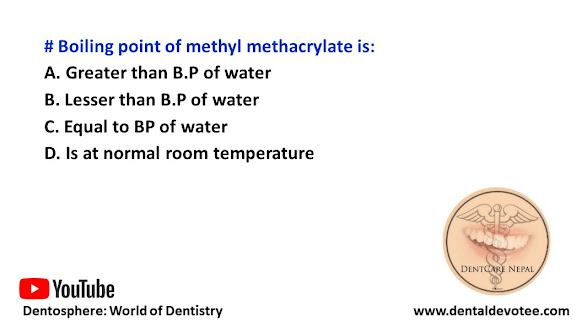# Which of the following is a general property of biofilms?
a. Susceptible to host defenses.
b. Limited habitat range.
c. Open architecture.
d. Reduced virulence
The correct answer is C. Open architecture.
The close relationships between the architecture of a biofilm and its functional properties emphasizes the need to better describe and understand cell behavior, from single cell to multicellular scale, during biofilm structure development and maturation. Recent technological advances in methodologies including imaging and microscopy, molecular techniques, and physico-chemical assays, enabled the development of novel approaches dedicated to biofilm studies (Azeredo et al., 2017). The possibility to observe biofilm using high resolution and non-destructive methods now allows investigating the dynamics of multicellular structure development and the fate of each of its individual cellular components in parallel. For instance, the key architectural transitions and associated biophysical and genetic mechanisms supporting the developmental program of Vibrio cholerae biofilms have been recently disclosed using single-cell live imaging (Drescher et al., 2016; Yan et al., 2016). This kind of observations has clearly improved our understanding of spatio-temporal development of biofilms and has finally increasingly supported the intimate connection between structural modulations and the emergence of functional features and survival strategies. Indeed, the ability of biofilms to adapt their structure in response to internal or external stimuli, called hereafter the architectural plasticity, appears as a key factor affecting the fitness of individuals within the whole microbial community. Interestingly, the role of plasticity in bacterial survival was already demonstrated at the cellular scale. Bacteria are able to alter their morphology and to produce specific morphotypes conferring survival advantages in hostile environments. This was showed for numbers of bacterial pathogens for which filamentation is essential in the resistance to phagocytosis and overall for persistence during infection.










